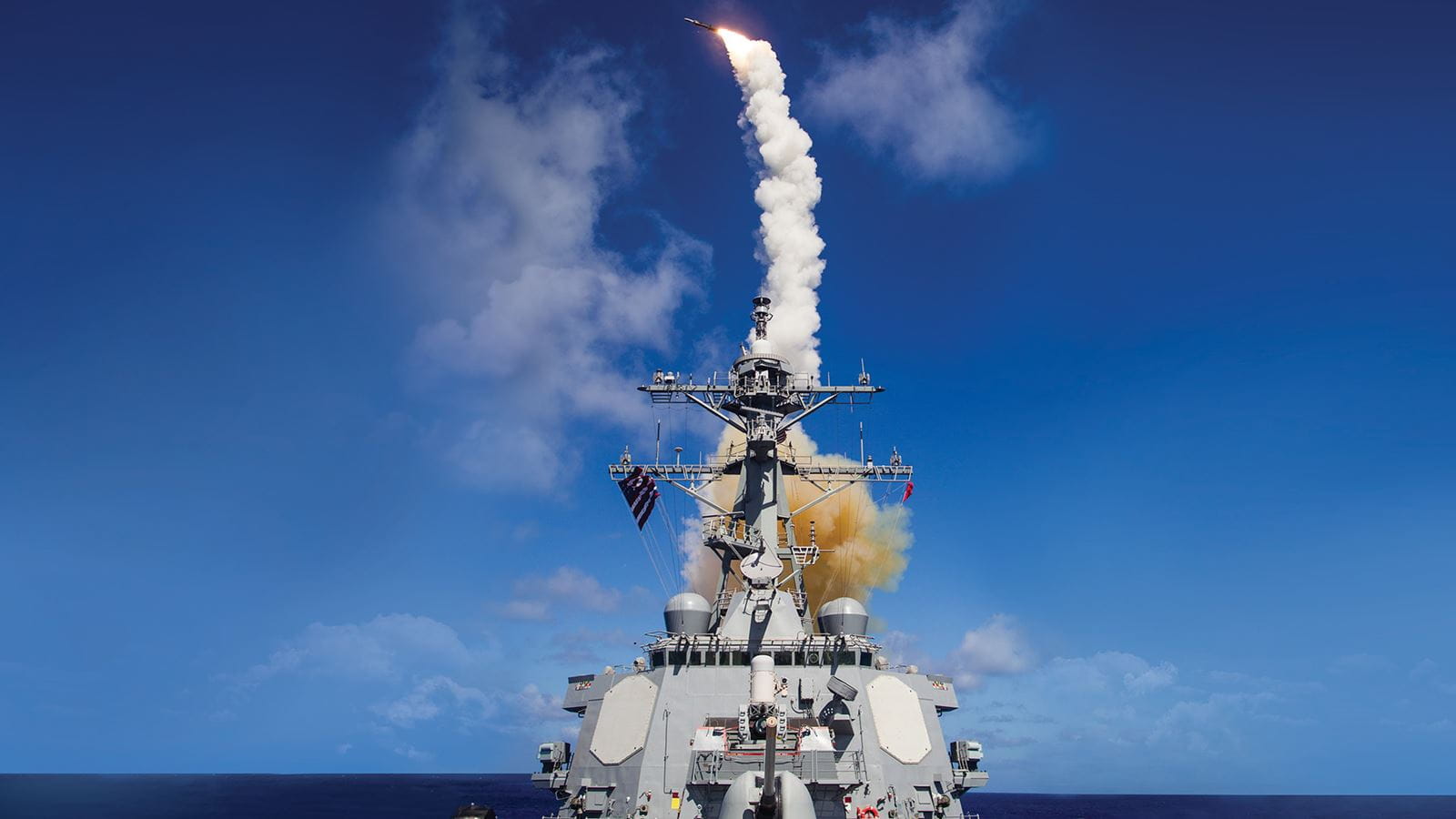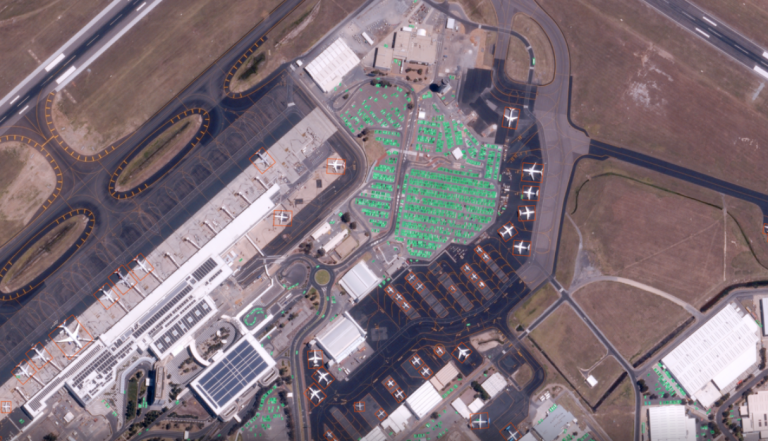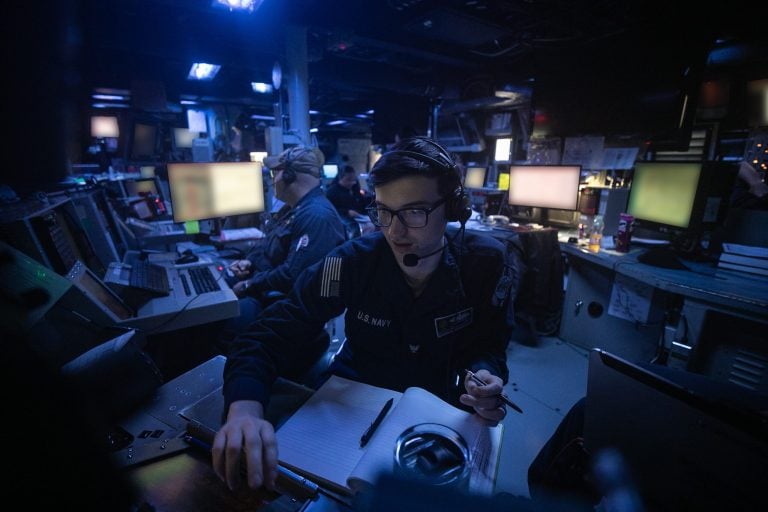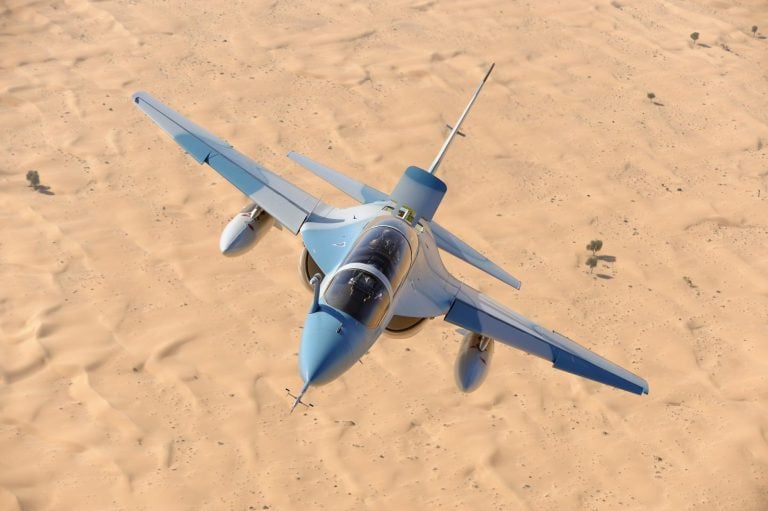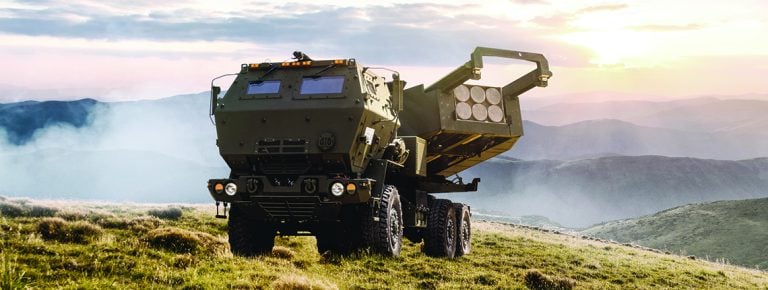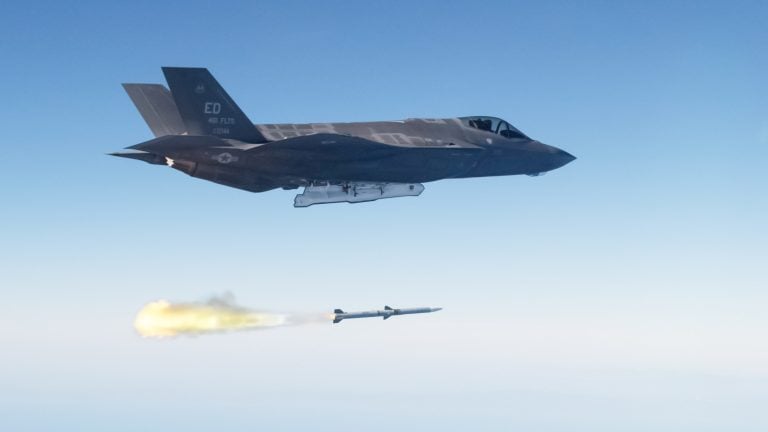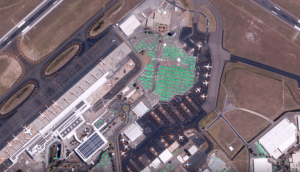Japan is moving to bolster its defense capabilities with a significant request to the United States for the acquisition of Standard Missile 6 (SM-6) Block I missiles. The proposal outlines a potential foreign military sale valued at $900 million, encompassing up to 150 of these advanced missiles. Additionally, the deal includes MK 21 Mod 3 vertical launch system canisters, ongoing engineering, integration, and production support, as well as various logistical and technical components.
The SM-6 missiles, manufactured by RTX, are intended for deployment by Japan’s Maritime Self Defense Force on both current and future AEGIS-equipped naval vessels. This enhancement is part of a broader strategy to address escalating regional threats and further solidify Japan’s defense posture. The Defense Security Cooperation Agency emphasized that the proposed sale would significantly boost Japan’s capability to protect its territory and allied forces, contributing to a more integrated air and missile defense framework in the Indo-Pacific region.
Earlier this year, Japan’s defense procurement strategy was underscored by its decision to purchase Joint Air-to-Surface Standoff Missiles – Extended Range from the U.S., valued at $39 million. This move indicates a continued commitment to strengthening its military capabilities amid regional security dynamics.
The SM-6 missile is often referred to as a “multi-mission missile” due to its versatility. Initially developed for the U.S. Navy, the weapon system is now in service with various allied naval forces, including those of Australia and South Korea. This ship-launched missile is engineered to engage multiple threats, including surface and aerial targets, as well as ballistic missiles.
Each SM-6 missile measures 6.55 meters (21 feet) and is powered by a robust dual-thrust solid rocket motor. Despite its warhead being smaller than that of the anti-ship Harpoon missile—64 kilograms (141 pounds) compared to approximately 200 kilograms (440 pounds)—the SM-6 is designed to neutralize large naval vessels effectively, often disabling them rather than sinking them outright.
As regional tensions continue to evolve, Japan’s efforts to enhance its military capabilities underscore a proactive approach to national defense and regional stability. The acquisition of these advanced missile systems is poised to play a crucial role in Japan’s defense strategy in the increasingly complex security landscape of East Asia.
